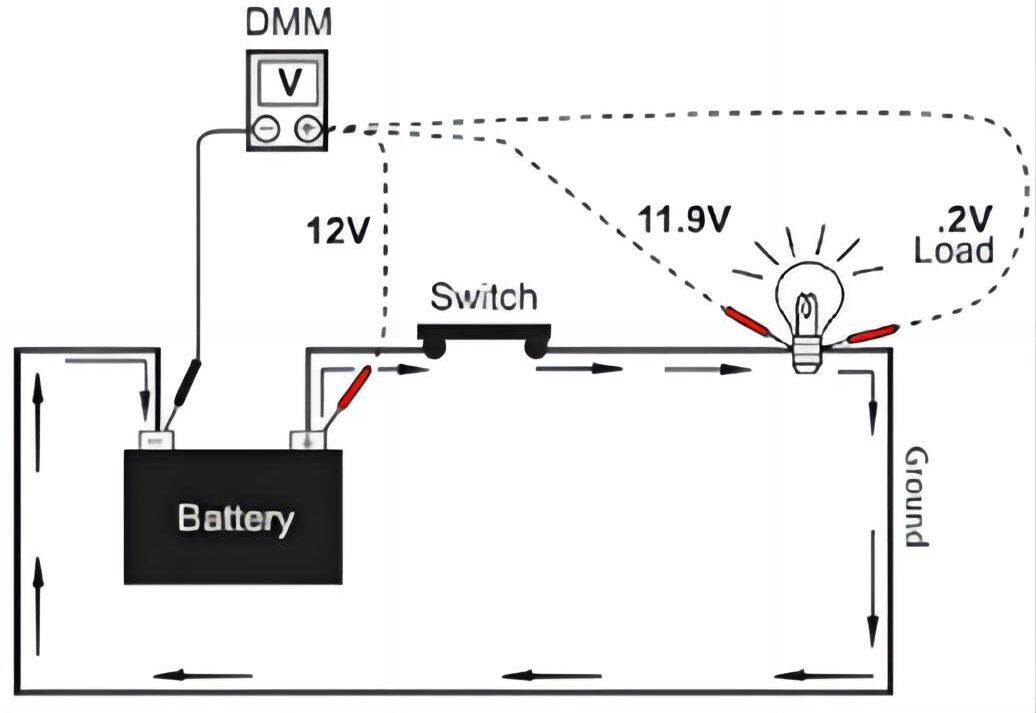A Hall effect sensor is a critical component in various systems, from automotive to industrial applications. Understanding how to test this sensor is essential for ensuring system reliability and diagnosing malfunctions. This guide provides a step-by-step approach on how to test a Hall effect sensor, outlining the necessary tools, procedures, and troubleshooting tips.
Understanding the Hall Effect Sensor
The Hall effect sensor operates on the principle of the Hall effect, discovered by physicist Edwin Hall in 1879. When a current-carrying conductor is placed in a magnetic field perpendicular to the current flow, a voltage difference, known as the Hall voltage, is generated perpendicular to both the current and the magnetic field. This voltage is directly proportional to the magnetic field strength. This principle allows the sensor to detect the presence and strength of magnetic fields.
Why Testing is Crucial
Testing a Hall effect sensor is vital for several reasons:
- Reliability: These sensors often play crucial roles in system operation. Testing ensures their proper function and overall system reliability.
- Diagnostics: When a system malfunctions, testing the Hall effect sensor can pinpoint it as the root cause, streamlining troubleshooting.
- Preventive Maintenance: Regular testing can identify sensor degradation before complete failure, preventing costly downtime.
- Calibration: In applications requiring precise measurements, testing ensures accurate sensor calibration.
Materials Required for Testing
- Multimeter: To measure voltage and continuity.
- Magnet: To generate the magnetic field for testing the sensor’s response.
- Wires: To establish electrical connections if necessary.
- Power Supply (if required): To provide power to the sensor if it doesn’t receive power from the circuit being tested.
 voitage testing
voitage testing
Testing Procedures
1. Safety First
Always disconnect the power source before starting any testing to prevent electrical hazards.
2. Consult the Datasheet
Refer to the sensor’s datasheet for pin configuration, voltage requirements, and other specifications. This information is crucial for accurate testing.
3. Identify Sensor Pins
Locate the power (VCC), ground (GND), and output (OUT) pins on the sensor using the datasheet.
4. Voltage Test
- Set the multimeter to DC voltage mode.
- Connect the multimeter’s positive lead to the VCC pin and the negative lead to the GND pin.
- Power on the circuit (if applicable).
- Verify that the voltage reading matches the sensor’s specified voltage requirement.
5. Magnetic Field Test
- Observe the initial output voltage (or signal) without a magnetic field.
- Slowly bring the magnet close to the sensor’s sensing area.
- Observe the output voltage (or signal) change. The output should change proportionally to the magnetic field strength and direction.
6. Continuity Test
- Set the multimeter to continuity mode.
- Connect one lead to the OUT pin and the other to the GND pin.
- The multimeter should indicate continuity (e.g., beep or show a low resistance reading). The continuity might change depending on the sensor type and the presence of a magnetic field.
Troubleshooting
- No Voltage Output: Check power supply, connections, and potential sensor damage.
- Erratic Output: Look for loose connections, electromagnetic interference, or a faulty sensor.
- No Response to Magnetic Field: Verify magnet strength and orientation, check for sensor damage, or consult the datasheet for troubleshooting guidance.
Frequently Asked Questions
How do I know if my Hall effect sensor is bad?
Common signs of a faulty sensor include no or erratic output voltage, lack of response to a magnetic field, and physical damage.
Can a Hall effect sensor be tested with an ohmmeter?
No, an ohmmeter measures resistance. Hall effect sensors generate a voltage in response to a magnetic field, requiring a voltmeter for testing.
What can damage a Hall effect sensor?
Overvoltage, reverse polarity, excessive current, physical damage, and extreme environmental conditions can damage the sensor.
Conclusion
Testing a Hall effect sensor is a straightforward process when following the correct procedures. By understanding the working principles, utilizing the appropriate tools, and adhering to safety precautions, you can ensure the reliability of systems reliant on these crucial components. Remember to always consult the sensor’s datasheet for specific instructions and troubleshooting guidance.